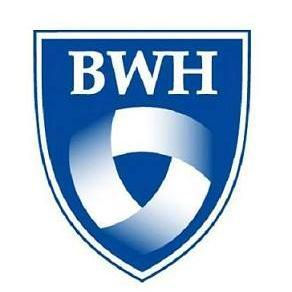Request Demo
Last update 08 May 2025
GSK-3 x JAK2
Last update 08 May 2025
Related
1
Drugs associated with GSK-3 x JAK2Target |
Mechanism GSK-3 inhibitors [+1] |
Active Org. |
Originator Org. |
Active Indication |
Inactive Indication- |
Drug Highest PhasePreclinical |
First Approval Ctry. / Loc.- |
First Approval Date20 Jan 1800 |
100 Clinical Results associated with GSK-3 x JAK2
Login to view more data
100 Translational Medicine associated with GSK-3 x JAK2
Login to view more data
0 Patents (Medical) associated with GSK-3 x JAK2
Login to view more data
79
Literatures (Medical) associated with GSK-3 x JAK201 Jun 2024·Toxicology and Applied Pharmacology
Multi-targeted effects of D-carvone against Non-Small Cell Lung Cancer (NSCLC): A network pharmacology-based study
Article
Author: Batool, Faiqah ; Irshad, Rasha ; Alkreathy, Huda Mohammed ; Karim, Shahid ; Raj, Nafis ; Husain, Mohammad ; Manzoor, Nikhat
01 Apr 2024·Inflammopharmacology
Neuroprotective potential of Erigeron bonariensis ethanolic extract against ovariectomized/D-galactose-induced memory impairments in female rats in relation to its metabolite fingerprint as revealed using UPLC/MS
Article
Author: Ibrahim, Weam W ; Abdelkader, Noha F ; Afifi, Sherif M ; Omara, Enayat A ; Abdelhameed, Mohamed F ; Farag, Mohamed A ; Nassar, Mahmoud I ; Elshamy, Abdelsamed I ; Sayed, Rabab H
01 Dec 2023·Chinese Journal of Integrative Medicine
Network Pharmacology and Experimental Validation to Explore Mechanism of Tetrahydropalmatine on Acute Myocardial Ischemia
Article
Author: Chen, Jia-Li ; Zhang, Jian ; Wang, Wei ; Cao, Bo-Ya ; Lin, Po-Li ; Ren, Ping ; Li, Qi-Wen ; Cao, Jun-Ling ; He, Ping ; Zheng, Chang-Hui
Analysis
Perform a panoramic analysis of this field.
login
or

AI Agents Built for Biopharma Breakthroughs
Accelerate discovery. Empower decisions. Transform outcomes.
Get started for free today!
Accelerate Strategic R&D decision making with Synapse, PatSnap’s AI-powered Connected Innovation Intelligence Platform Built for Life Sciences Professionals.
Start your data trial now!
Synapse data is also accessible to external entities via APIs or data packages. Empower better decisions with the latest in pharmaceutical intelligence.
Bio
Bio Sequences Search & Analysis
Sign up for free
Chemical
Chemical Structures Search & Analysis
Sign up for free
